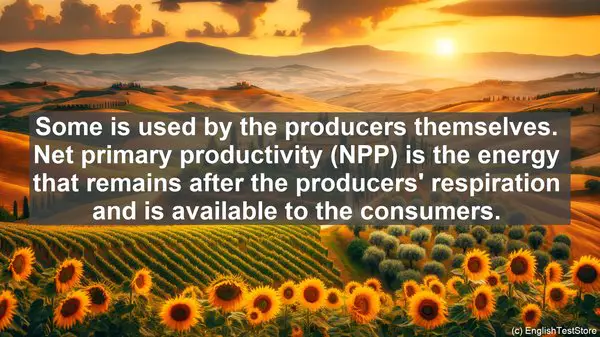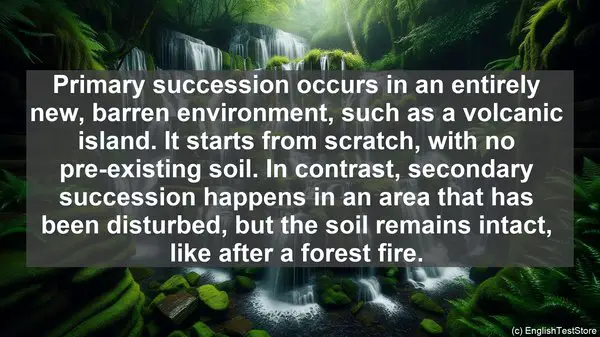Introduction
Today, we’re going to delve into the fascinating world of ecosystem functioning. But before we dive in, it’s essential to clarify some commonly confused words. Understanding these terms will lay a solid foundation for comprehending the intricate processes within an ecosystem.
1. Habitat vs. Niche
While habitat refers to the physical environment where an organism lives, niche goes beyond that. It encompasses the organism’s role, interactions, and the resources it utilizes within that habitat. In essence, habitat is the ‘address,’ while niche is the ‘occupation.’
2. Producers vs. Consumers
Producers, often plants, are the primary source of energy in an ecosystem. They convert sunlight into chemical energy through photosynthesis. On the other hand, consumers, including animals, obtain energy by consuming other organisms. They’re like the ‘supermarket shoppers’ of the ecosystem.
3. Food Chain vs. Food Web
A food chain is a linear representation of the flow of energy, with each organism being a link. In contrast, a food web is a complex, interconnected network of multiple food chains. It’s like comparing a ‘single road’ to a ‘highway system.’
4. Biotic vs. Abiotic
Biotic factors are the living components of an ecosystem, such as plants and animals. Abiotic factors, on the other hand, are the non-living elements, like temperature, sunlight, and soil. Together, they form the ‘ingredients’ of an ecosystem.

5. Decomposer vs. Detritivore
Both decomposers and detritivores play crucial roles in breaking down organic matter. However, decomposers, like bacteria and fungi, primarily work on dead material, while detritivores, such as earthworms, feed on partially decomposed organic matter.
6. Keystone Species vs. Indicator Species
A keystone species has a disproportionate impact on its ecosystem. Its presence or absence can significantly alter the entire community. On the other hand, an indicator species serves as a ‘biological signal,’ indicating the overall health or condition of an ecosystem.
7. Primary Succession vs. Secondary Succession
Primary succession occurs in an entirely new, barren environment, such as a volcanic island. It starts from scratch, with no pre-existing soil. In contrast, secondary succession happens in an area that has been disturbed, but the soil remains intact, like after a forest fire.
8. Eutrophication vs. Desertification
Eutrophication refers to the excessive nutrient enrichment of a water body, often due to human activities. It leads to algal blooms, oxygen depletion, and ecological imbalances. On the other hand, desertification is the process of fertile land turning into desert, often due to climate change or human actions.
9. Gross Primary Productivity vs. Net Primary Productivity
Gross primary productivity (GPP) is the total amount of energy captured by producers through photosynthesis. However, not all of this energy is available to the rest of the ecosystem. Some is used by the producers themselves. Net primary productivity (NPP) is the energy that remains after the producers’ respiration and is available to the consumers.

10. Symbiosis vs. Mutualism
Symbiosis is a broad term encompassing various types of close, long-term interactions between different species. Mutualism is a specific type of symbiosis where both species benefit from the relationship. It’s like a ‘win-win’ situation for them.
